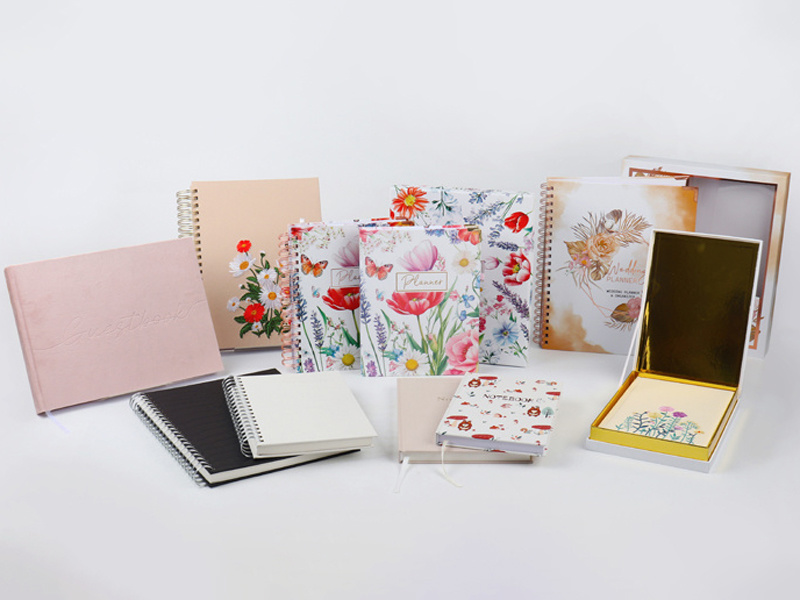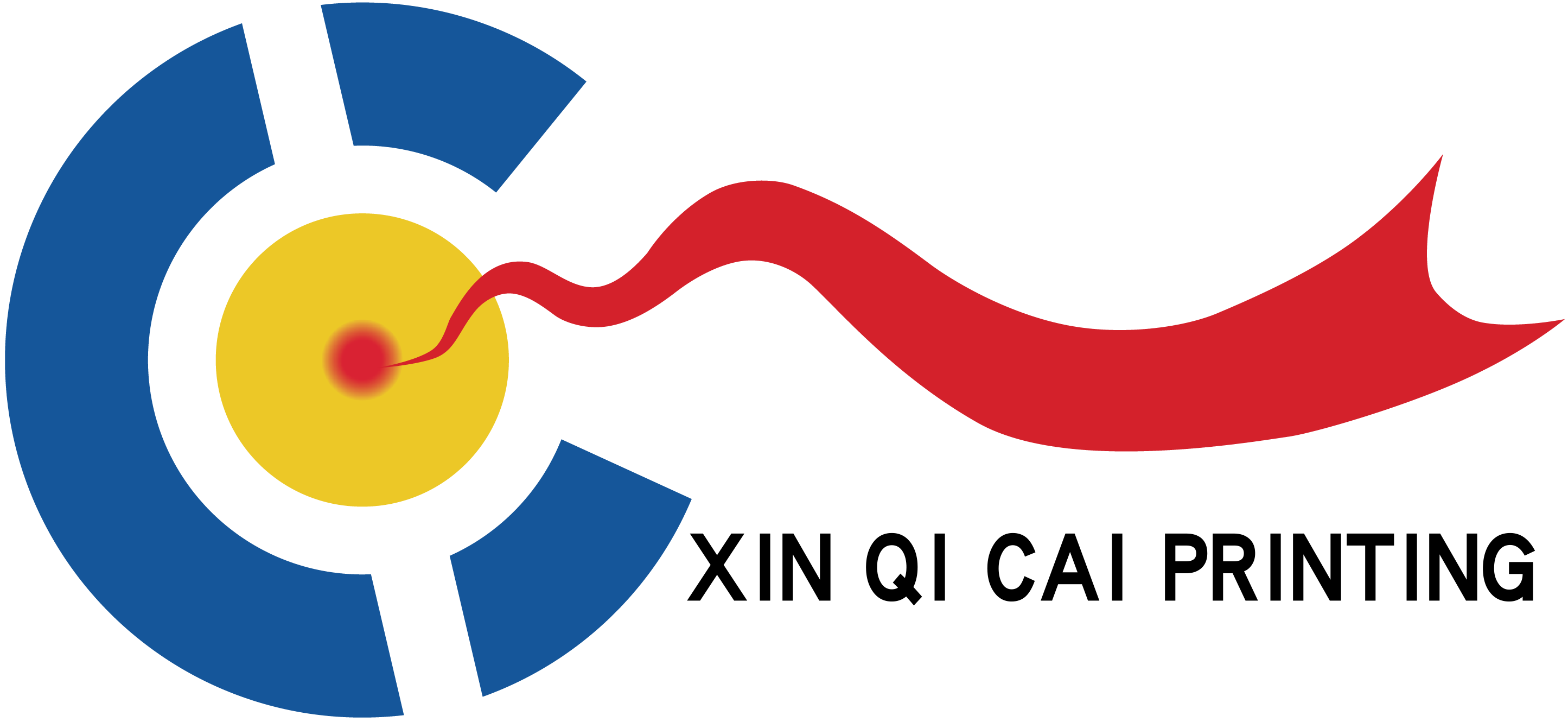Expansion of Book Printing Applications, Breakthroughs in High-end Technology for Art Albums
Art album printing realizes dual artistic expression of vision and touch through innovations in high-end technologies such as special paper selection, gold/silver stamping, and UV embossing.
Aug 20,2025

As a carrier of visual art, the printing technology of art albums has gone beyond the basic need of "restoring images". Through innovation in materials and processes, it has become an extension of artworks, giving flat printing a three-dimensional artistic tension.
The selection of special paper is the foundation of high-end albums. Traditional coated paper cannot present the texture of oil paintings or the smudging of ink paintings, while art albums mostly use imported special papers: such as parchment-like paper (coarse fibers, suitable for replicating classical oil paintings), rice paper texture art paper (strong ink absorption, restoring the layering of ink paintings), and metal foil paper (with metallic luster, suitable for modern artworks). An oil painting album uses 300g ultra-thick cotton paper, and by adjusting the ink volume (up to 8μm thickness locally) during printing, the picture's three-dimensional sense is enhanced, close to the brush texture of the original work.
Technological innovation endows albums with tactile memory. Gold/silver stamping uses metal foils (such as 24K gold foil and matte silver foil) to form metal patterns on the cover through high-temperature embossing. Anti-oxidation treatment can ensure no fading for 20 years. A Dunhuang mural album uses gold stamping to restore the golden body of Buddha statues in the murals, with visual impact far exceeding ordinary printing; UV embossing applies UV varnish on the surface of local graphics and texts, which forms raised textures (0.5-1mm height) after ultraviolet curing, allowing touch to feel the brush strokes of the painting, suitable for sculpture and print albums.
Color management is key to artistic restoration. Using 12-color printing (8 more spot colors than traditional 4-color), the color gamut coverage reaches 95% (70% for traditional 4-color), which can accurately restore Monet's "water lily blue" and Van Gogh's "sunflower yellow". For watercolor paintings with rich gradients, frequency-modulated screening technology (dots of constant size, varying density) avoids the "striping" of traditional amplitude-modulated screening, making color transitions more natural.
Application fields extend from art publishing to the collection market. Limited-edition art albums, combined with numbering and artist signatures, have become collectibles. A contemporary artist's album (printed 100 copies) sold out within 3 months with a premium rate of 50%; museums also use high-end printing to replicate collection treasures, allowing the public to feel artistic details up close. For example, the Palace Museum's A Thousand Li of Rivers and Mountains album, with silk covers and gold stamping, has become an important carrier of cultural communication.
In the future, 3D printing technology may realize local three-dimensional embossing in albums, upgrading art albums from "viewing" to "experiencing", becoming a new medium connecting art and the public.





